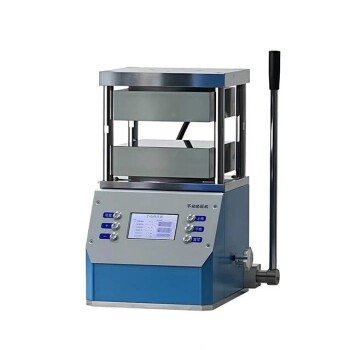A hydraulic heated lab press is a laboratory equipment used to form a wide range of samples, pellets, and test specimens. The press uses a combination of pressure and heat to melt powdered material and compress it into the shape and size needed for the lab application. The lab press has heated platens that can range from 50℃ to 500℃. The lab press is used over a wide range of applications, including polymers, composites, ceramics, and pharmaceuticals. When purchasing a heated lab press, important considerations include pressure, temperature range, size platens, and whether computer control is important.
Toggle Categories
Shortcut
Chat with us for quick and direct communication.
Immediately reply on working days (within 8 hours on holidays)
hydraulic heated lab press
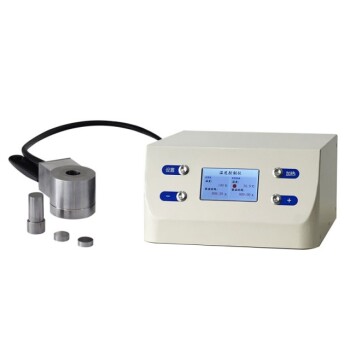
Cylindrical Lab electric heating Press Mold
Item Number : PMH
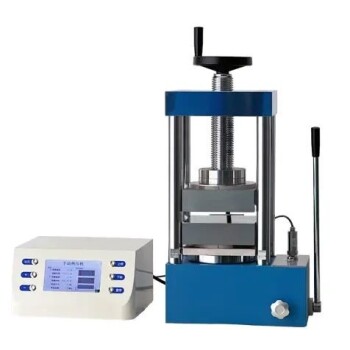
heated hydraulic lab press laboratory hot press 24T / 30T / 60T
Item Number : PCH
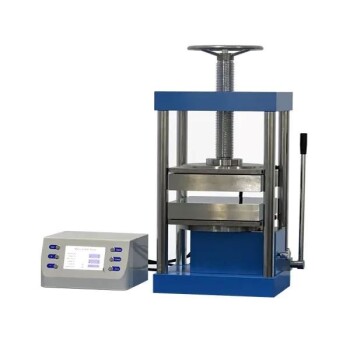
Split manual heated hydraulic lab press laboratory hot press 30T / 40T
Item Number : PCSM
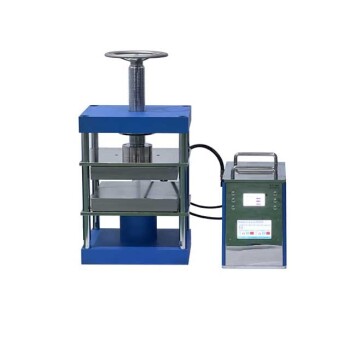
Split automatic heated lab pellet press laboratory hot press 30T / 40T
Item Number : PCSE
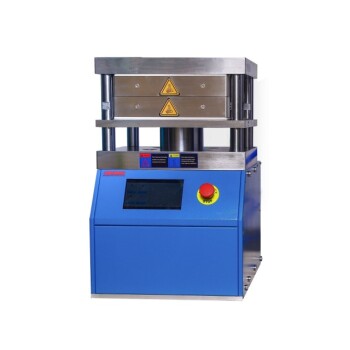
automatic heated lab pellet press laboratory hot press 25T / 30T / 50T
Item Number : PCAH

Heated Hydraulic Press For Vacuum Box laboratory hot press
Item Number : PCVM
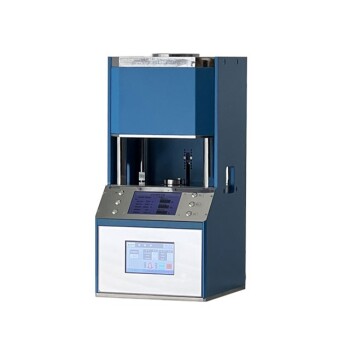
Automatic heated hydraulic lab press laboratory hot press
Item Number : PPL
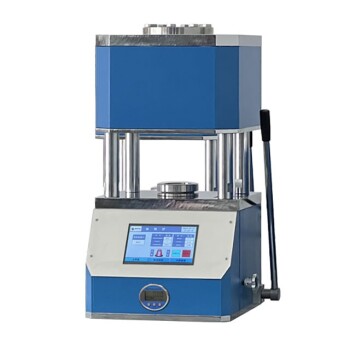
Manual heated hydraulic lab press laboratory hot press
Item Number : CPCL

Automatic high temperature heat press machine
Item Number : PHA
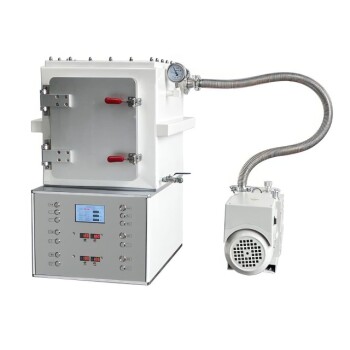
heated hydraulic lab press for vacuum box laboratory hot press
Item Number : PCV
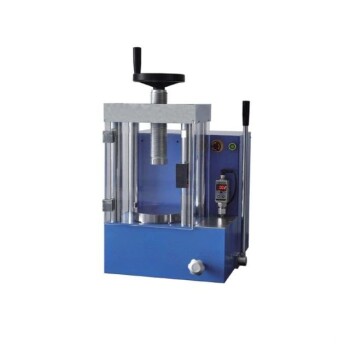
Hydraulic Pellet Press XRF Press KBR Press Ftir Press 20T / 30T / 40T / 60T
Item Number : PCPE
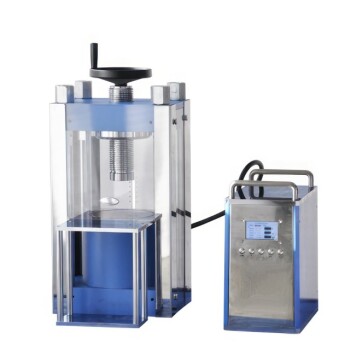
Split electric laboratory pellet press 40T / 65T / 100T / 150T / 200T
Item Number : PCES
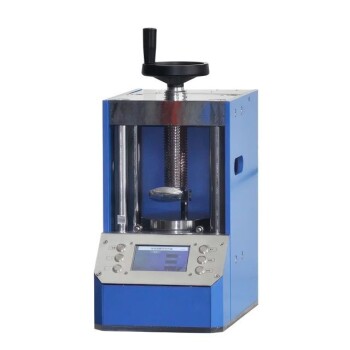
Automatic Lab Pellet Press Machine 20T / 30T / 40T / 60T / 100T
Item Number : PCEA
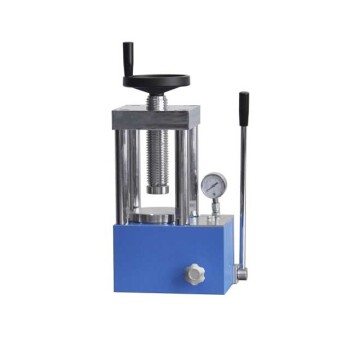
Manual Lab Hydraulic Pellet Press 15T / 24T / 30T / 40T / 60T
Item Number : PCF
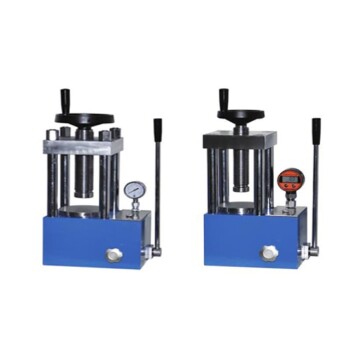
Manual Lab Hydraulic Pellet Press 12T / 15T / 24T / 30T / 40T
Item Number : PCMP
We have the best HYDRAULIC HEATED LAB PRESS solutions for your laboratory needs. Our extensive portfolio offers a range of standard solutions that can be customized to meet your specific requirements. Our HEATED LAB PRESS machines have heated platens that can range from 50℃ to 500℃, providing the precise temperature control you need for your applications. When purchasing a lab press, it's important to consider factors such as pressure needed, temperature range, platen size, and computer control. Our expert team can help guide you through these considerations to ensure you get the right solution for your laboratory.
Applications of Hydraulic Heated Lab Press
- Polymers: Heated lab presses are used to form polymers into desired shapes and sizes by applying both heat and pressure.
- Composites: Heated lab presses are used to produce composite materials by melting and compressing different materials together.
- Ceramics: Heated lab presses are used to form ceramics into various shapes and sizes for different applications.
- Pharmaceuticals: Heated lab presses are used to produce pharmaceutical tablets by compressing powdered drugs into a tablet form.
- Sample Preparation: Heated lab presses are used to prepare various samples for analysis, such as X-ray diffraction and infrared spectroscopy.
- Material Testing: Heated lab presses are used to test the properties of materials under high-pressure and high-temperature conditions.
- Research and Development: Heated lab presses are used in various research and development applications to create new materials and test their properties.
Advantages of Hydraulic Heated Lab Press
- Allows for precise control of temperature and pressure during sample preparation.
- Can be used to melt powdered materials and compress them into the desired shape and size for laboratory applications.
- Provides consistent and accurate results with minimal variation.
- Ideal for use in industries such as pharmaceuticals, laminating, and rubber and plastic molding.
- Offers programmable controls for pressing products according to specific requirements.
- Available in both benchtop and floor standing models, with two-column and four-column designs.
- Provides a wide range of applications, including polymers, composites, ceramics, and pharmaceuticals.
- Can generate from 15 to upwards of 200 tons of compressive force, depending on the model.
- Heated platens can range from 50℃ to 500℃, providing a wide range of temperature options.
- Regular inspection and maintenance can keep the press in good working condition, ensuring long-lasting and consistent results.
Our HYDRAULIC HEATED LAB PRESS is an exceptional product line that offers a standard solution that fits your needs. With the ability to generate up to 200 tons of compressive force, our HEATED LAB PRESS is designed to provide efficient results for applications in polymers, composites, ceramics, and pharmaceuticals. Additionally, our HEATED LAB PRESS is highly advantageous in terms of price and offers a complete customization service for unique applications.
FAQ
What Are The Advantages Of Using A Hydraulically Heated Laboratory Press?
What Does A Hydraulic Lab Heat Press Do?
What Types Of Samples Or Materials Can Be Processed In A Hydraulically Heated Laboratory Press?
How Does A Hydraulically Heated Laboratory Press Work?
How Can The Performance Of A Hydraulically Heated Laboratory Press Be Optimized?
REQUEST A QUOTE
Our professional team will reply to you within one business day. Please feel free to contact us!
Related Articles

Energy-Saving Benefits of Vacuum Atmosphere Tube Furnaces
Exploring how vacuum atmosphere tube furnaces optimize energy use through design and operational techniques.

Chip Manufacturing: Comprehensive Guide to the Annealing Process
Detailed exploration of the annealing process in semiconductor fabrication, its types, key parameters, and applications.

Comparison of Common Semiconductor Annealing Processes
An overview of different semiconductor annealing methods and their characteristics.

Comprehensive Overview of Commonly Used Heat Treatment Equipment
This article discusses various heat treatment equipment, their classifications, structures, and applications.

Vacuum Heat Treatment: Principles and Processes
An overview of vacuum heat treatment methods to improve material properties.

Technical Characteristics and General Knowledge of Vacuum Heat Treatment Furnaces
An in-depth look at the technical aspects and general knowledge of vacuum heat treatment furnaces, focusing on their unique features and operational requirements.

Applications and Advances in Vacuum Hot Press Sintering Furnaces for Precision Ceramics
Explores the use of vacuum hot press sintering for advanced ceramics, metal/ceramic welding, and industry trends.

Functions of a Vacuum Hot Press Sintering Furnace
Exploring the key functions of vacuum hot press sintering furnaces in material processing.

Advanced Ceramics Hot Press Sintering Technology and Equipment
Explores the hot press sintering process for advanced ceramics, its methods, advantages, equipment, and applications.

Principles and Applications of Vacuum Hot Press Sintering Equipment
Exploring the principles, classification, and applications of vacuum hot press sintering equipment in materials science.

Understanding Hot Presses and Safety Considerations
An overview of hot presses, their applications, advantages, and safety precautions.

Common Laboratory Melting Methods
An overview of three primary laboratory melting techniques: Arc Melting, Induction Melting, and Suspension Melting.

13 Tips on Induction Technology and Sustainable Heat Treatment
Expert tips on maintaining induction coils, improving vacuum furnace efficiency, and sustainable heat treatment methods.

Six Essential Tips for Vacuum Heat Treatment
Optimize vacuum furnace performance with expert tips on maintenance, inspection, testing, and more.

Operation of Vacuum Hot Press Sintering Furnace
An overview of the operation and components of a vacuum hot press sintering furnace, focusing on its application in the preparation of high-temperature wear-resistant ceramics.

Operating Procedures for Vacuum Sintering Furnace
Detailed steps and precautions for operating a vacuum sintering furnace.

X-Ray Fluorescence Spectrometer: Powder Compression Method for Sample Preparation
This article discusses the powder compression method in XRF spectral analysis, focusing on sample preparation techniques and equipment.

Preparing XRD Samples: A Comprehensive Guide
Detailed steps and requirements for preparing samples for X-ray diffraction experiments.

Choosing the Right Heating Method for Laboratory Experiments
Discusses different heating methods in labs and their suitability for various experiments.

Hydraulic Hot Press: Principles, Components, Features, Advantages, and Applications
An in-depth look at the hydraulic hot press, its components, features, advantages, and applications.

